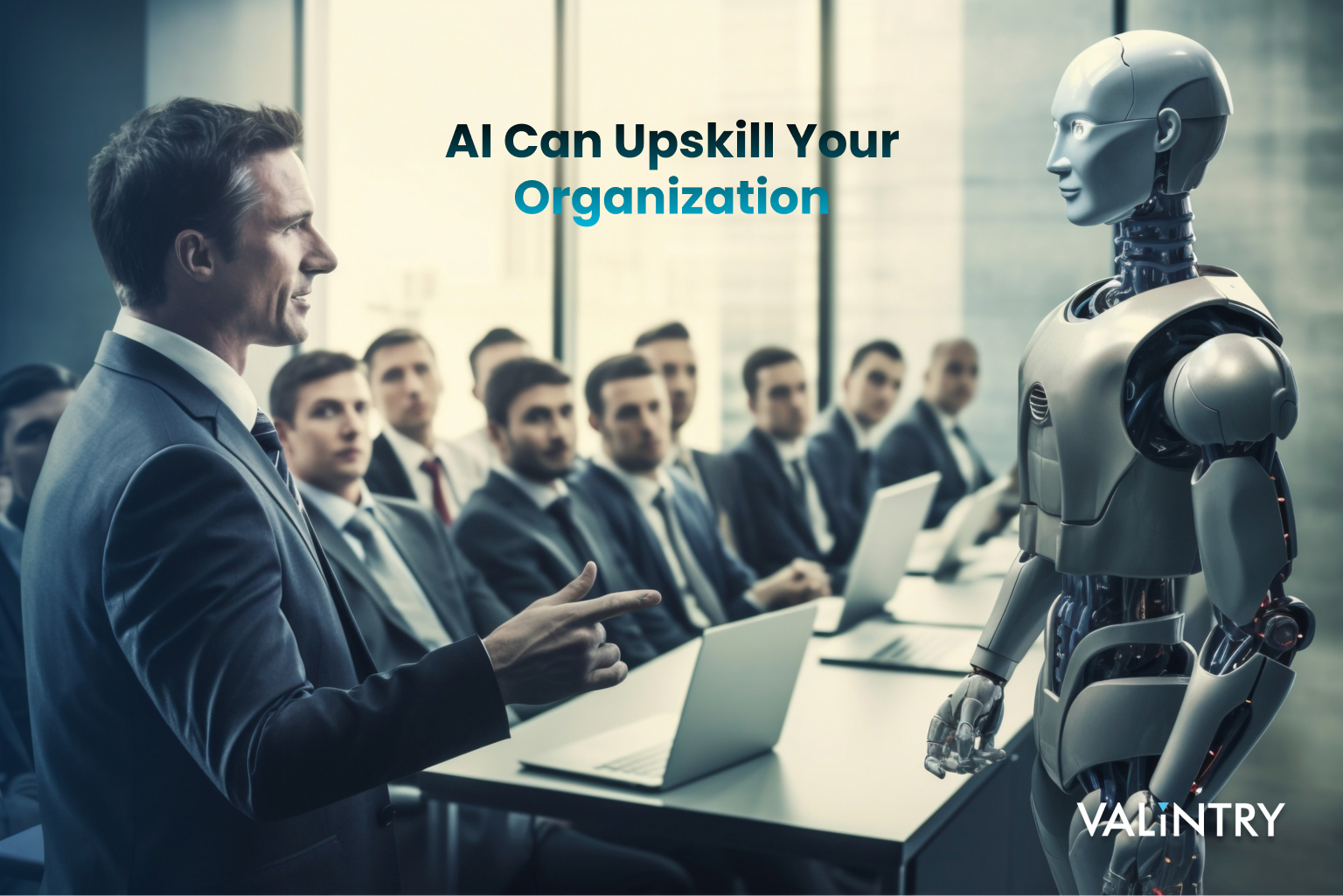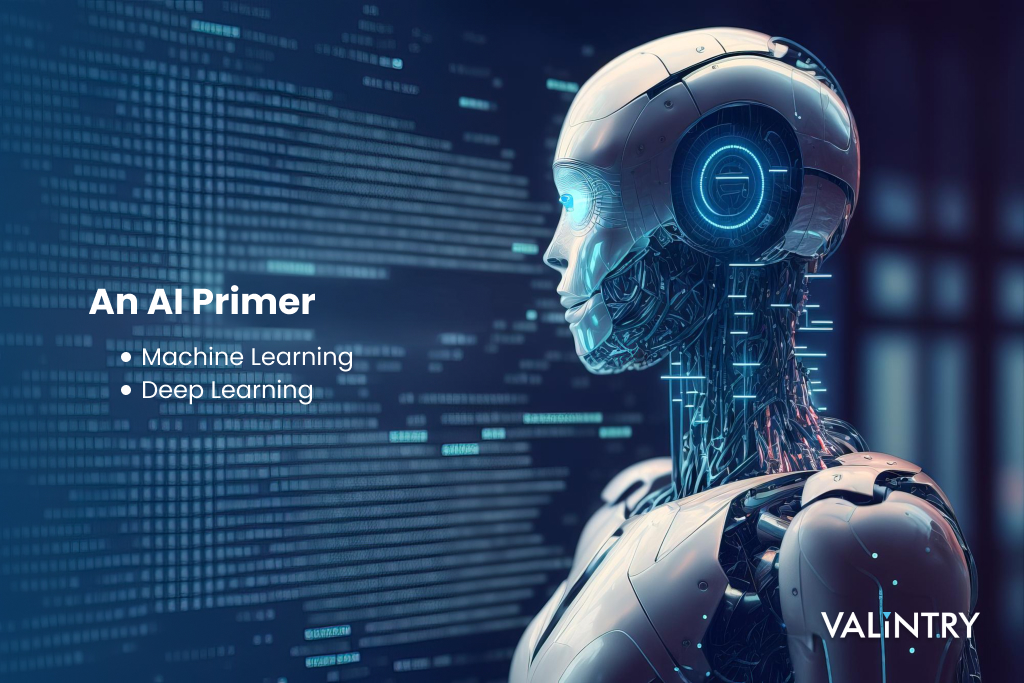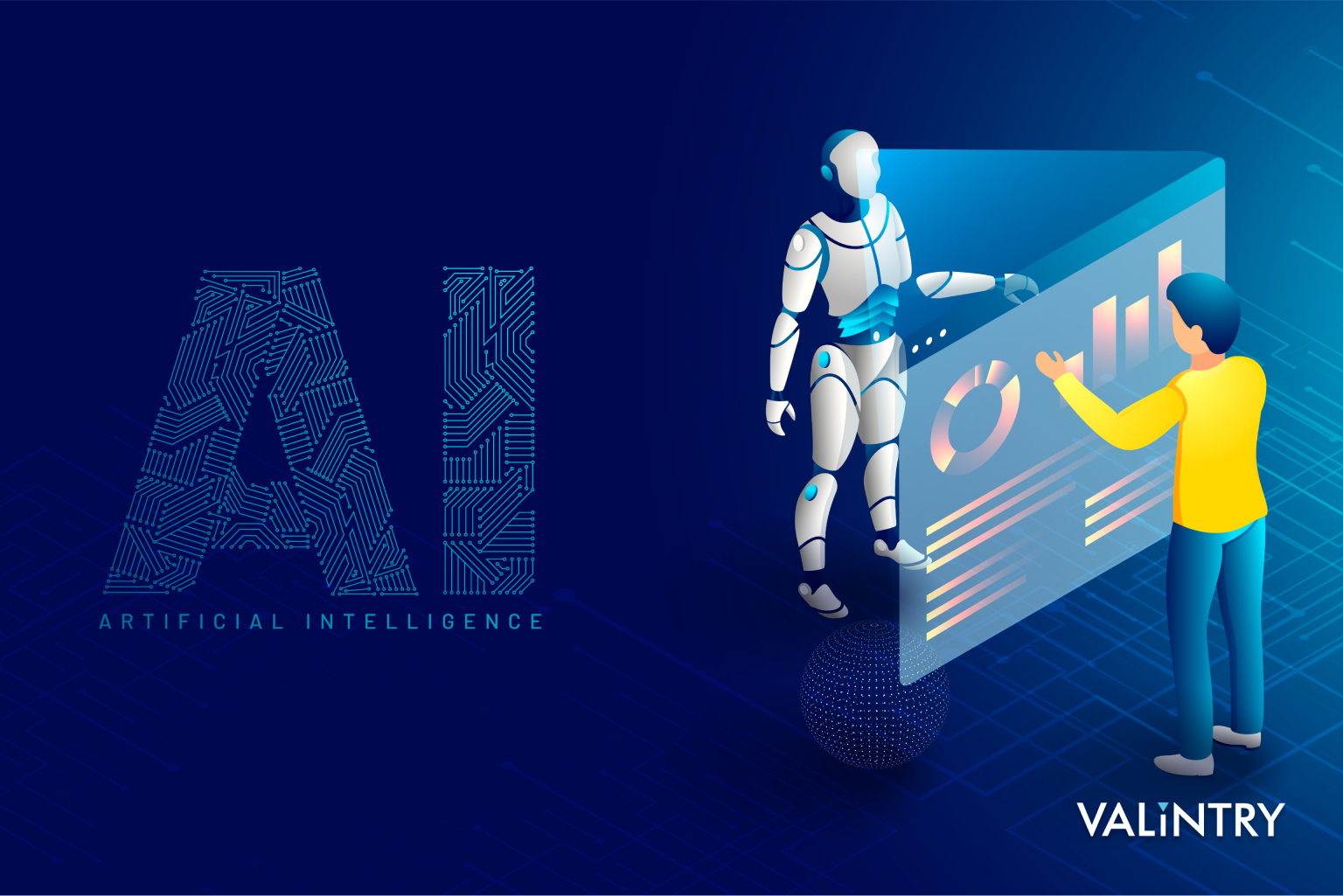
Table of Content
An AI Primer

For example: Think of a voice-activated virtual assistant like Siri or Alexa. These systems are prime examples of AI for Machine Learning. The machine learning algorithms examine and learn from the spoken commands as users engage with the virtual assistant, enhancing their comprehension.
The Power of AI in Business

4. Predictive Analytics: Harnessing the power of AI in predictive analytics allows businesses to anticipate new trends and market shifts and make proactive decisions to stay ahead of the competition.
5. Innovative Product Development: AI fosters innovation in product development by providing insights into market demands and consumer preferences. This accelerates the development of cutting-edge products that resonate with the target audience.
6. Supply Chain Optimization: AI-driven analysis enables a streamlined and efficient supply chain that adapts to changing demands. Businesses can now detect supply chain issues, from inventory management to logistics, more quickly and optimize accordingly.
The Future of AI and VALiNTRY

